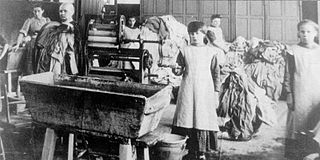
Unidentified Magdalene Laundry in
Ireland, c. early twentieth century, reproduced from Frances Finnegan,
Do Penance or Perish (Fig. 9), Congrave Press, 2001
Magdalene asylums were slave labor laundries from the 18th to the late-20th centuries ostensibly to house "fallen women", a term used to imply female sexual promiscuity. Asylums for such girls and women and others considered to be of poor moral character, such as prostitutes, operated throughout Europe and North America for much of the nineteenth and well into the twentieth century. London's Magdalen Asylum was active from 1758 to 1966.
[1] The first such asylum in Ireland opened on
Leeson Street in Dublin in 1765, founded by Lady Arabella Denny. There are no precise figures for the number of girls who slaved in the eight Magdalene laundries, run by the Good Shepherd Sisters, in twentieth century Australia because Good Shepherd has not released their records. As a result of the 2004 Federal Senate report
"Forgotten Australians"[2] it is known that the Good Shepherd laundries in Australia acted as prisons for the girls who were forced to labor in workhouses laundering linen for local hospitals or commercial premises. The report also described the conditions as characterized by inedible food, unhygienic living conditions and little or no education. In 2008, in Federal Parliament, Senator Andrew Murray likened the Convent of the Good Shepherd 'The Pines', Adelaide to a prisoner-of-war camp.
[3]Initially the mission of the asylums was to rehabilitate women back into society, but by the early twentieth century the homes had become increasingly punitive and prison-like. In most asylums, the inmates were required to undertake hard physical labour, including laundry and needle work. They endured a daily regimen that included long periods of prayer and enforced silence.
[4]In Ireland, such asylums were known as
Magdalene laundries where it is estimated that, since their inception, up to 30,000 women had been incarcerated.
[5][6] The last such institution in Ireland closed in 1996.
[6][7][8]Origins
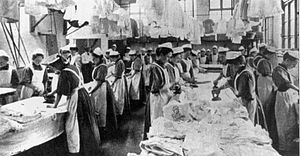
Magdalene Laundry in
England, early twentieth century, from Frances Finnegan,
Do Penance or Perish (Fig. 5) Congrave Press, 2001
The
Dublin Magdalen Asylum in lower Leeson Street was the first such institution in Ireland. Founded in 1765 by Lady Arabella Denny,
[9] it admitted only Protestant girls.
[10] In 1918 the home became a children's home and adoption society.
[11] After its closure, the Bethany Home, founded in 1921, provided similar refuge services for Protestant "fallen women".
[citation needed] The first Catholic home was founded in Cork in 1809.
[11]In Belfast the
Church of Ireland run Ulster Magdalene Asylum was founded in 1839 on
Donegall Pass, while parallel institutions were run by Catholics on
Ormeau Road and by Presbyterians on Whitehall Parade.
[12]Magdalene asylums grew out of the Evangelical rescue movement in the
United Kingdom during the nineteenth century, whose formal goal was to rehabilitate prostitutes. In Ireland, the institutions were named for St. Mary Magdalene.
[6]The Magdalene movement in Ireland was appropriated by the Catholic Church following Catholic Emancipation in 1829 and the homes, which were initially intended to be short-term refuges, increasingly turned into long-term institutions.
[citation needed] Penitents were required to work, primarily in
laundries, since the facilities were self-supporting and not funded by the state or religious denominations.
As the Magdalene movement became increasingly distant from the original idea of the rescue movement—finding alternative work for prostitutes who could not find regular employment because of their background—the asylums became increasingly
prison-like. Supervising
nuns were instructed to encourage the women into
penance, rather than merely berating them and blocking their escape attempts.
The Congregation of the Sisters of Misericorde is described by the
Catholic Encyclopedia: "In receiving patients no
discrimination is made in regard to religion, colour, or nationality. After their convalescence, those who desire to remain in the home are placed under a special sister and are known as "Daughters of St. Margaret". They follow a certain rule of life but contract no religious obligations. Should they desire to remain in the convent, after a period of probation, they are allowed to become Magdalens and eventually make the vows of the Magdalen order. The congregation celebrated its fiftieth anniversary 16 January 1898."
[13]
Conditions
Asylum records show that in the early history of the Magdalene movement, many women entered and left the institutions of their own accord, sometimes repeatedly. Lu Ann De Cunzo wrote in her book,
Reform, Respite, Ritual: An Archaeology of Institutions; The Magdalene Society of Philadelphia, 1800-1850,
[14] that the women in Philadelphia's asylum "sought a refuge and a respite from disease, the prison or
almshouse, unhappy family situations, abusive men and dire economic circumstances." Though the institutions were meant to be a refuge for women, some were subjected to physical, psychological, sexual and emotional abuse. Many women felt they needed the support of the institutions to survive, since the sisters strove to make them feel that the reasons for their refuge were their own fault.
According to historian, Frances Finnegan, because many had a background as prostitutes,
inmates (who were called "children") were regarded as "in need of penitence," and until the 1970s were required to address all staff members as "mother" regardless of age. To enforce order and maintain a monastic atmosphere, the inmates were required to observe strict
silence for much of the day, while
corporal punishment was common.
As the phenomenon became more widespread, it extended beyond prostitution to petty criminals, orphans, mentally retarded women and
abused girls, despite popular perception unmarried pregnant women were typically not admitted.
[15] Even young girls who were considered too promiscuous and flirtatious, or too beautiful, were sent to an asylum by their families. This paralleled the practice in state-run asylums in Britain and Ireland in the same period, where many people with alleged "
social dysfunction" were committed to asylums. Without a family member on the outside who could vouch for them, many incarcerated individuals stayed in the asylums for the rest of their lives, many taking religious vows.
Given Ireland's historically conservative sexual values, Magdalene asylums were a generally accepted social institution until well into the second half of the twentieth century. They disappeared with changes in sexual mores—or, as Finnegan suggests, as they ceased to be profitable: "Possibly the advent of the washing machine has been as instrumental in closing these laundries as have changing attitudes."
[16]
Public scandal
Publicity and documentaries
The existence of the Irish asylums was not well known until 1993 when an order of nuns, Sisters of Our Lady of Charity, in Dublin sold part of their convent to a real-estate developer.
[6] The remains of 155 inmates who had been buried in unmarked graves on the property were exhumed and, except for one, cremated and reburied in a mass grave in
Glasnevin Cemetery. This triggered a public scandal and became national news.
[6] In 1999,
Mary Norris, Josephine McCarthy and Mary-Jo McDonagh, all asylum inmates, gave accounts of their treatment. The 1997
Channel 4 documentary
Sex in a Cold Climate interviewed former inmates of Magdalene Asylums who testified to continued
sexual,
psychological and
physical abuse while being isolated from the outside world for an indefinite amount of time. Allegations about the conditions in the convents and the treatment of the inmates were made into an award-winning 2002 film
The Magdalene Sisters, written and directed by
Peter Mullan.
[17]In June 2011, Mary Raftery wrote in the
The Irish Times that in the early 1940s, some Irish state institutions, such as the
army, switched from commercial laundries to "institutional laundries" (Magdalene laundries).
[18] At the time, there was concern in the Dáil that workers in commercial laundries were losing jobs because of the switch to institutional laundries.
[18] Oscar Traynor,
Minister for Defence, said the contracts with the Magdalene laundries “contain a fair wages clause,” though the women in those laundries did not receive wages.
[18]The
Irish Times revealed that a ledger listed
Áras an Uachtaráin,
Guinness,
Clerys, the
Gaiety Theatre,
Dr Steevens' Hospital, the
Bank of Ireland, the
Department of Defence, the Departments of Agriculture and Fisheries, CIÉ, Portmarnock Golf Club, Clontarf Golf Club and several leading hotels amongst those who used a Magdalene laundry.
[19] This was unearthed by Steven O' Riordan, a young Irish film-maker who directed and produced a documentary,
The Forgotten Maggies.
[20] It is the only Irish-made documentary on the subject and was launched at The Galway Film Fleadh 2009.
[20] It was screened on the Irish television station
TG4 in 2011, attracting over 360,000 viewers. The documentary's website notes that a group called Magdalene Survivors Together was set up after the release of the documentary, because so many Magdalene women came forward after its airing. The women who appeared in the documentary were the first Magdalene women to meet with Irish government officials. They brought national and international attention to the subject.
[citation needed]
Inquiry into child abuse
In May 2009, the
Commission to Inquire into Child Abuse released a 2,000-page report recording claims from hundreds of Irish residents that they were physically, sexually, or emotionally abused as children between the 1930s and the 1990s in a network of state-administered and church-run residential schools meant to care for the poor, the vulnerable and the unwanted.
[21] The alleged abuse was by nuns, priests and non-clerical staff and helpers.
[22] The allegations of abuse cover many Catholic (Magdalene), Protestant (Bethany) and State-run Irish Industrial schools.
The commission stated:
There were two types of inquiry, one drawing on contested evidence (Investigation Committee) and the other on uncontested evidence (Confidential Committee), which reported to the commission. The commission received evidence from more than 1,500 witnesses who attended or were residents as children in schools and care facilities in the state, particularly industrial and reformatory schools.
[23]
Since 2001, the Irish government has acknowledged that women in the Magdalene laundries were victims of abuse. However, the Irish government has resisted calls for investigation and proposals for compensation; it maintains the laundries were privately run and abuses at the laundries are outside the government's remit.
[6] In contrast to these claims, evidence exists that Irish courts routinely sent women convicted of petty crimes to the laundries, the government awarded lucrative contracts to the laundries without any insistence on protection and fair treatment of their workers, and Irish state employees helped keep laundry facilities stocked with workers by bringing women to work there and returning escaped workers.
[6]Notwithstanding the investigations instigated by the government in the Republic of Ireland, similar investigations have yet to be instigated in Northern Ireland and worldwide.
International law
Having lobbied the government of Ireland for two years to investigate the history of the Magdalene laundries, advocacy group Justice for Magdalenes presented its case to the
United Nations Committee Against Torture,
[6] alleging that the conditions within the Magdalene laundries and the exploitation of their labourers amounted to human-rights violations.
[6] On 6 June 2011, the panel urged Ireland to
"investigate allegations that for decades women and girls sent to work in Catholic laundries were tortured." [24][25] In response the Irish government set up a committee chaired by Senator Martin McAleese, to establish the facts of the Irish state's involvement with the Magdalene laundries.
[26]
2013 publication of inquiry report
Following the 18-month inquiry, the committee published
[27][28][29] its report on 5 February 2013, finding "significant" state
collusion in the admission of thousands of women into the institutions.
[30][31][32][33] The report found over 11,000 women had entered laundries since 1922.
[15] Significant levels of verbal abuse to women inside was reported but there were no suggestions of regular physical or sexual abuse.
[15] Elderly survivors said they would go on
hunger strike over the failure of successive Irish governments to set up a financial redress scheme for the thousands of women enslaved there.
[34] Taoiseach Enda Kenny, while professing sorrow at the abuses revealed, did not issue an immediate apology, prompting criticism from other members of
Dáil Éireann. Kenny promised "there would be a full Dáil debate on the report in two weeks' time when people had an opportunity to read the report". Survivors were critical that an apology had not been immediately forthcoming.
[35]
Official state apology and compensation package
On 19 February 2013, Kenny officially issued a full state apology to the women of the Magdalene Laundries.
[36] He described the laundries as "the nation's shame" and "Therefore, I, as Taoiseach, on behalf of the State, the government and our citizens deeply regret and apologise unreservedly to all those women for the hurt that was done to them, and for any stigma they suffered, as a result of the time they spent in a Magdalene Laundry".
[37][38]The Taoiseach also outlined part of the compensation package to be offered to victims of the Magdalene Laundries. He stated: "That’s why the Government has today asked the President of the Law Reform Commission Judge John Quirke to undertake a three month review and to make recommendations as to the criteria that should be applied in assessing the help that the government can provide in the areas of payments and other supports, including medical card, psychological and counselling services and other welfare needs."
[39]
Legacy
Literature and reportage
- Do Penance or Perish: Magdalen Asylums in Ireland by historian Frances Finnegan published (hardback) Congrave Press Ireland, 2001; and (paperback) Oxford University Press, 2004. The first book to be published on the topic and still the definitive study, it is based on 21 years' meticulous[citation needed] research. Using a wide range of sources including the Annals and Penitents' Registers of the Good Shepherd archives, the book examines the history, purpose and inmates of these grim institutions. A courageous exposure of the Magdalen Movement, it contains unique illustrations, including the two reproduced above. ISBN 0-9540921-0-4.
- James M. Smith's Ireland's Magdalene Laundries and the Nation's Architecture of Containment won the 2007 Donald Murphy Prize for a Distinguished First Book from the American Conference for Irish Studies. ISBN 978-0-268-04127-4
- Rachel Dilworth's The Wild Rose Asylum: Poems of the Magdalen Laundries of Ireland, the 2008 winner of the Akron Poetry Prize, is a collection of poems based on the Magdalene Laundries.[40]
- In the Shadow of Eden is an award-winning[41] short memoir by Rachael Romero.[42] Using vintage footage and photos of what led up to her incarceration in the Convent of the Good Shepherd (Magdalene) Laundries in South Australia, Romero outlines her experience there.
- For The Love of My Mother by J.P. Rodgers tells the story of his Irish mother, born into a life of poverty and detained at the age of two for begging in the streets. Bridget Rodgers spent the next 30 years of her life locked away in one institution or another, including the Magdalen Laundries.
- The Magadalen Martyrs is a 2003 crime novel written by Ken Bruen. In the third episode of Bruen's Jack Taylor series, Jack Taylor is given a mission: "Find the Angel of the Magdalene," actually a devil incarnate nicknamed Lucifer, a woman who "helped" the unfortunate martyrs incarcerated in the infamous laundry.
- Kathy's Story by Kathy O'Beirne alleges that she suffered physical and sexual abuse in a Magdalene laundry in Ireland.
- Kathy's Real Story by journalist Hermann Kelly, published by Prefect Press in 2007, alleges that O'Beirne's allegations are false.[43]
- "Magdalene Laundry Survivor. The Irish government admits it played a major role in forcing women into work camps." on the CBC radio show As It Happens on February 5, 2013. Audio here:[44]
Film and stage
- The Magdalene Sisters - a 2002 film written and directed by Peter Mullan. This film was a critical success but is not considered historically accurate.[45]
- Sex in a Cold Climate - a 1998 documentary[citation needed] directed by Steve Humphries (historical consultant: Frances Finnegan) presenting interviews of four women interred in various Magdalene asylums and orphanages because of out-of-wedlock pregnancies, being sexually assaulted, or just being "too pretty."
- Les Blanchisseuses de Magdalene - a France 3/Sunset Presse documentary 1998[citation needed]. (historical consultant: Frances Finnegan)
- The Magdalen Whitewash, a play about the laundries, was written by Valerie Goodwin and performed by the Coolmine Drama group at the Draíocht Arts Centre in Dublin, in 2002.[46]
- Eclipsed, a play about the Magdalene Laundries, was written[citation needed] by Patricia Burke-Brogan in the 1980s. Burke-Brogan had worked in the laundries in the 1960s. Eclipsed was first performed in 1992.
The Quane's Laundry, a play about the Magdalene laundries,set in Dublin in 1900 was written by Imelda Murphy 2007
Music
See also
References
Further reading
- Finnegan, Frances (2001). Do Penance or Perish: A Study of Magdalene Asylums in Ireland. Piltown, Co. Kilkenny: Congrave Press. ISBN 0-9540921-0-4.
- Raftery, Mary; and Eoin O'Sullivan (1999). Suffer the Little Children: The Inside Story of Ireland's Industrial Schools. Dublin: New Island. ISBN 1-874597-83-9.
- Smith, James M (2008). Ireland's Magdalen Laundries and the Nation's architecture of containment. Manchester: Manchester University Press. ISBN 978-0-7190-7888-0.
External links
This article is copied from an
article on Wikipedia
- the free encyclopedia created and edited by its online user community. The text was not checked or edited by anyone on our staff. Although the vast majority of Wikipedia

encyclopedia articles provide accurate and timely information, please do not assume the accuracy of any particular article. This article is distributed under the terms of
GNU Free Documentation License.
















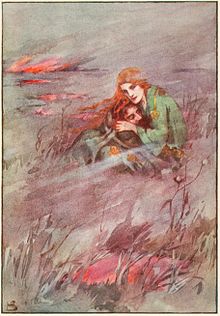
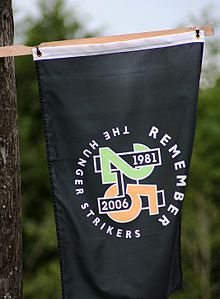



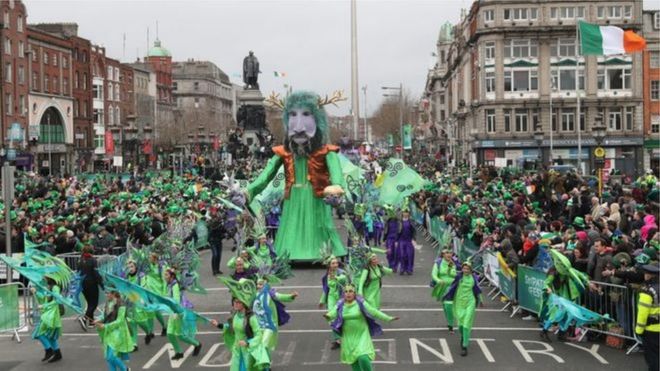
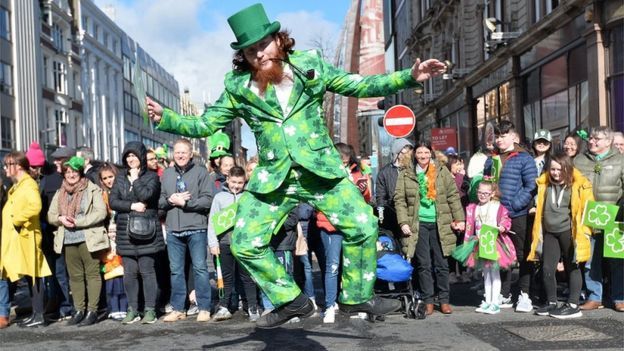
 Leo Varadkar:
Leo Varadkar:
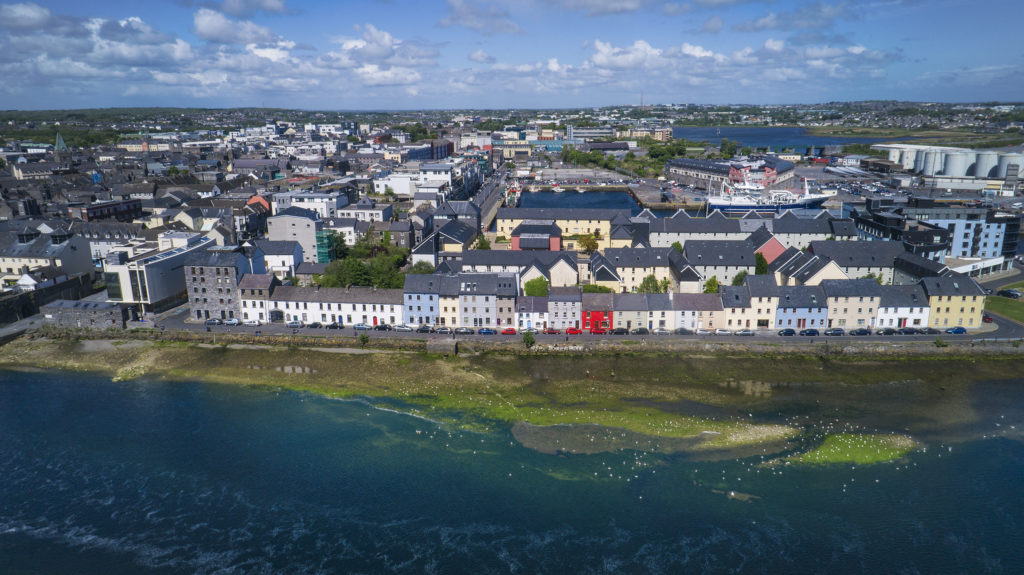
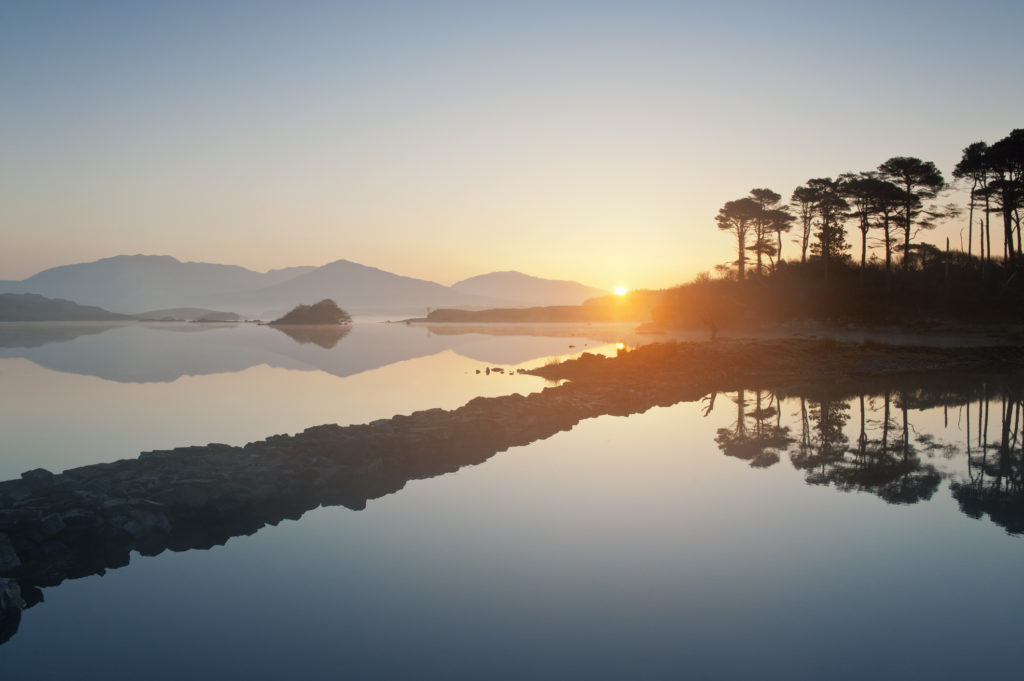

 How i would love to go there. You are so lucky lar-lar.
How i would love to go there. You are so lucky lar-lar.
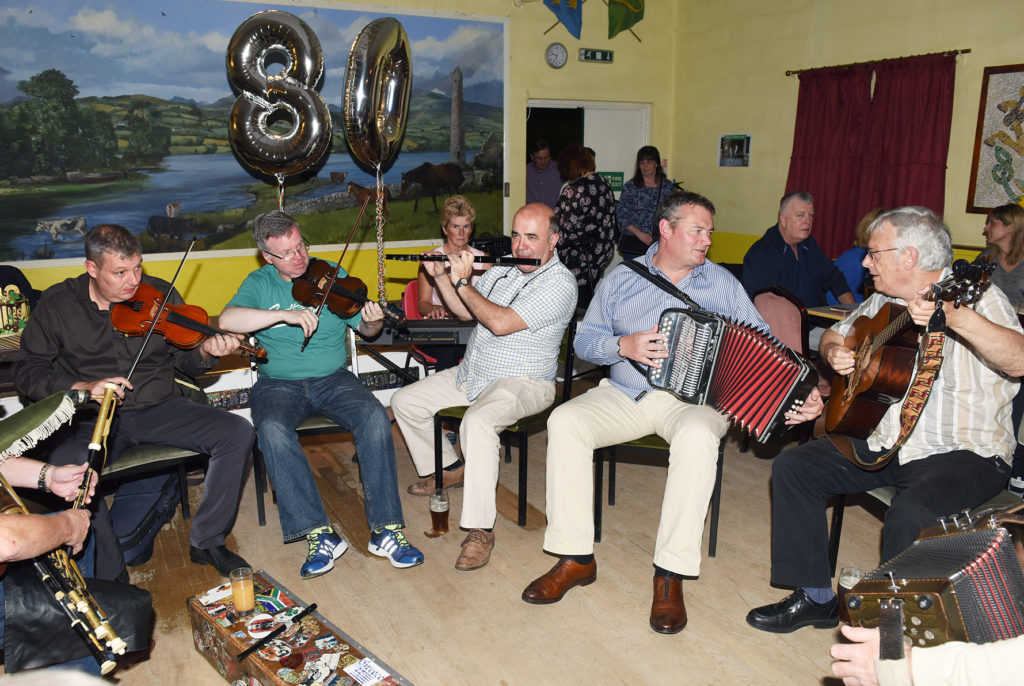

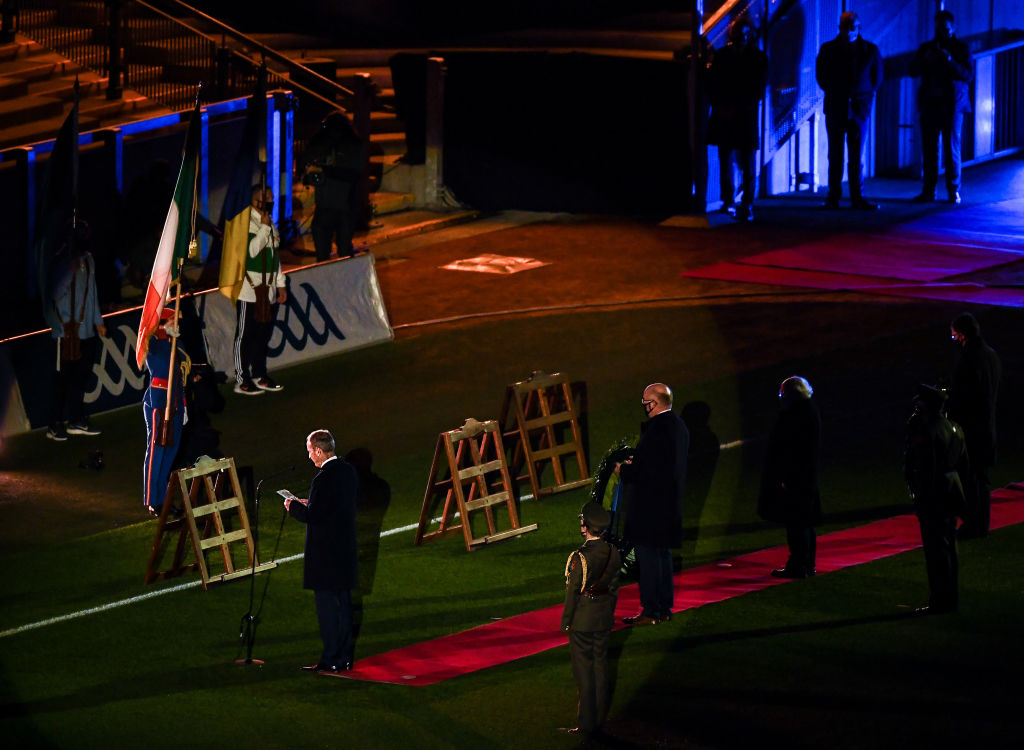
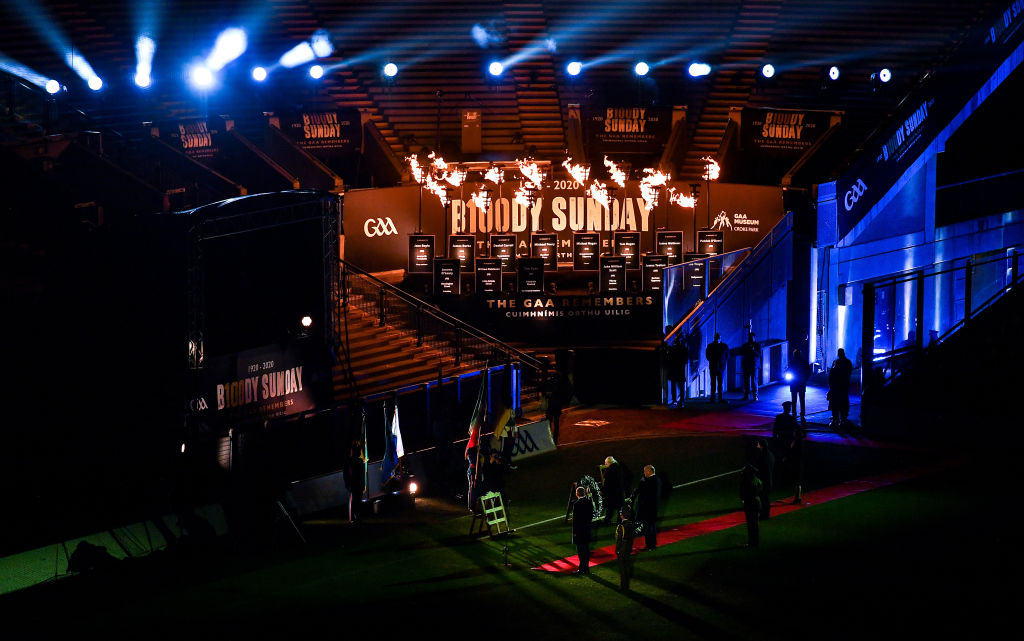
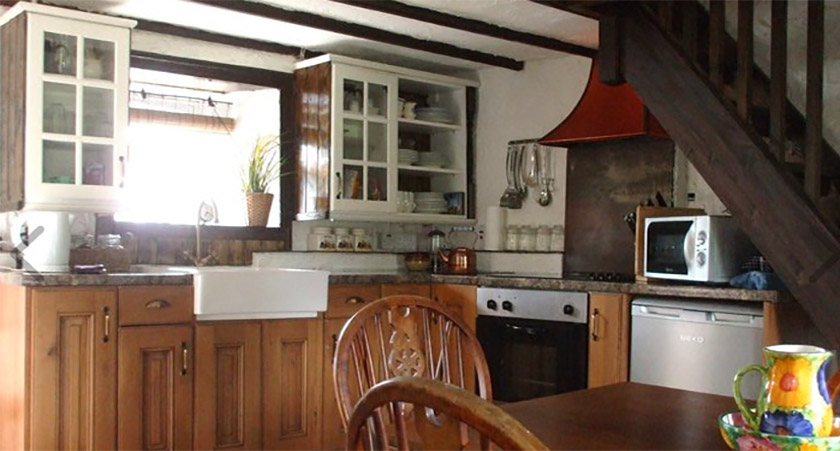

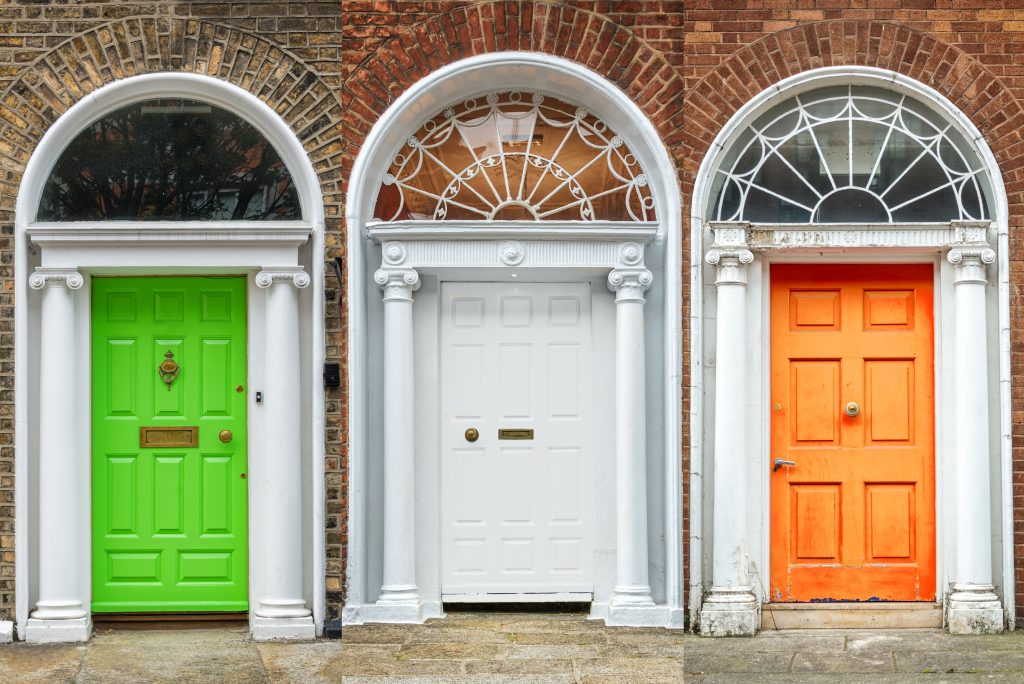
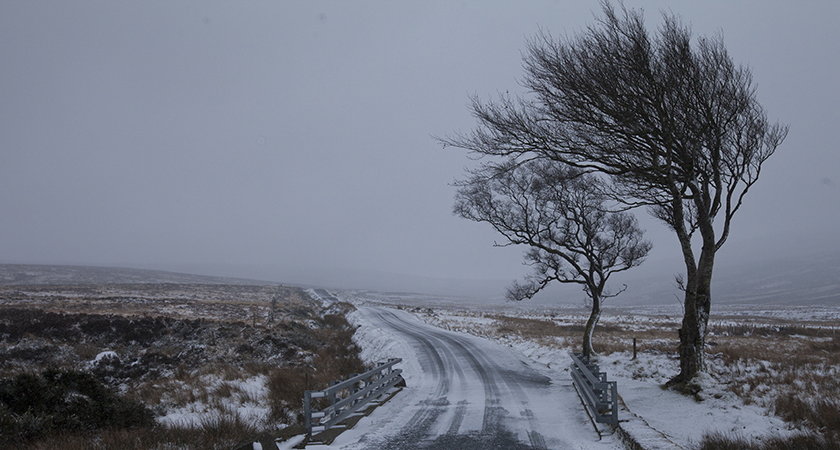
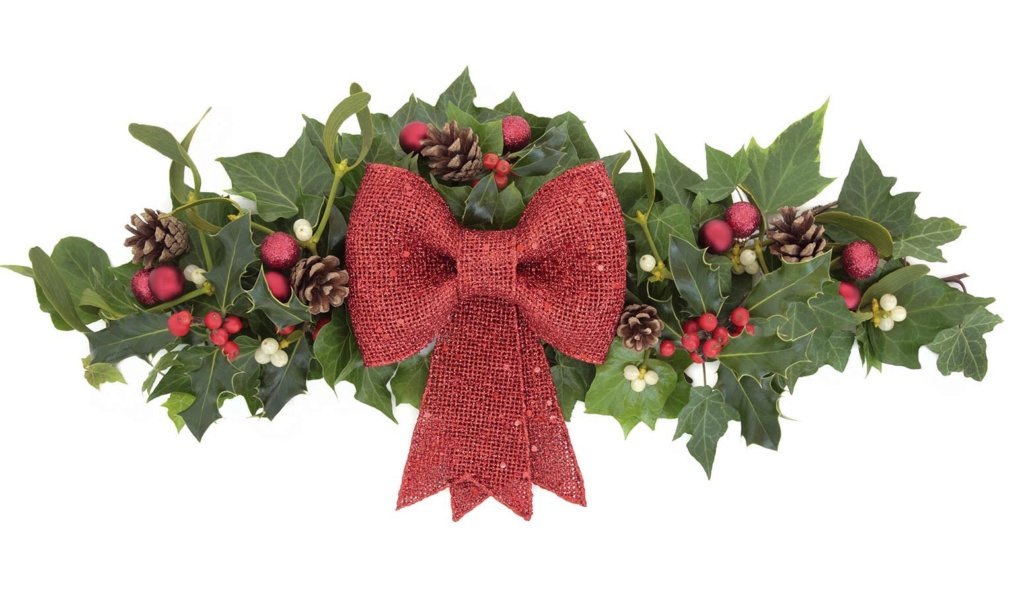













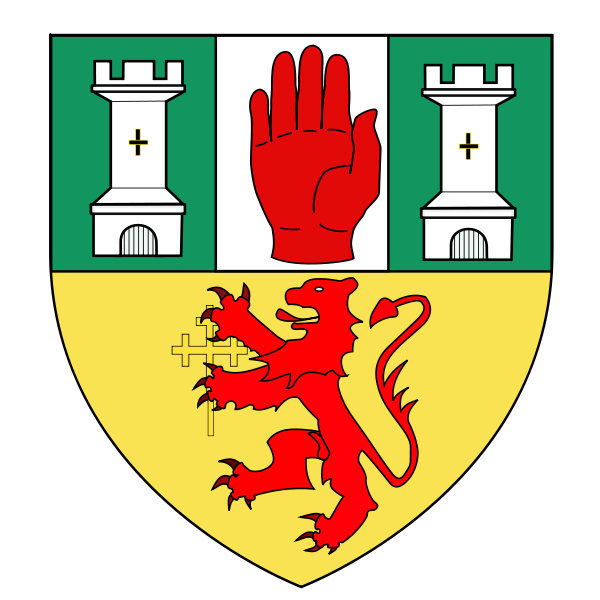

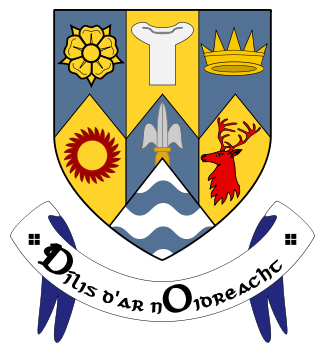
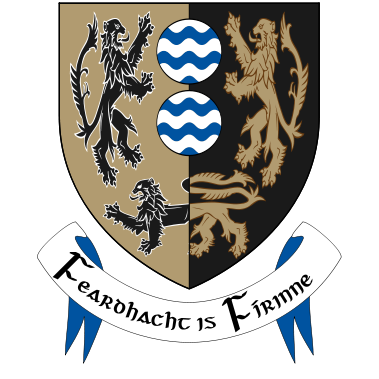
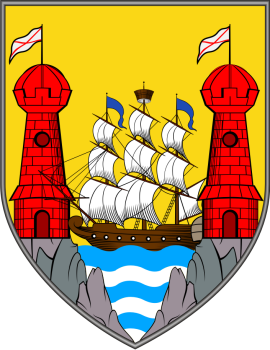



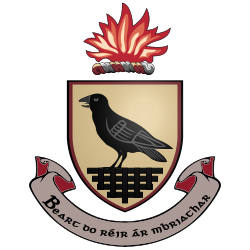
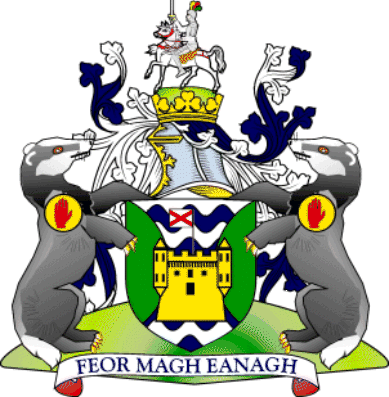

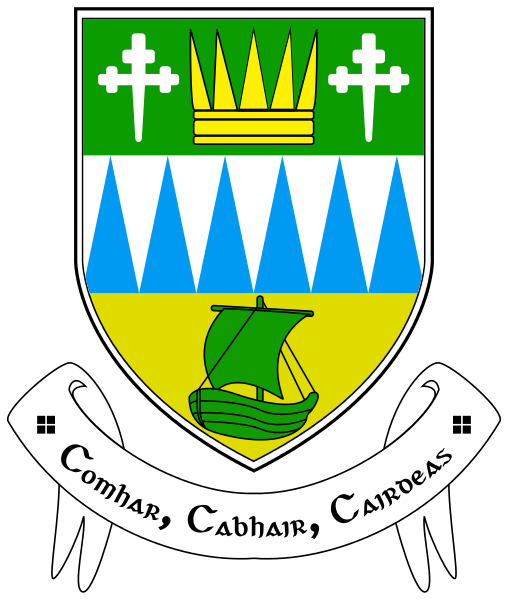
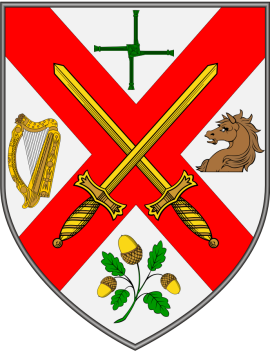

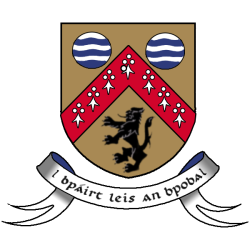

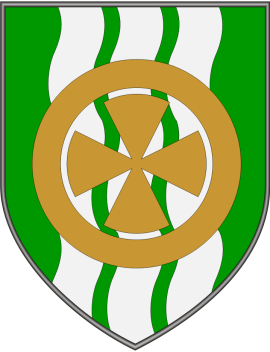



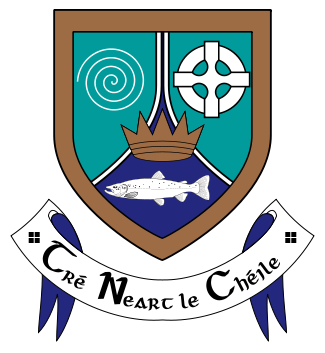
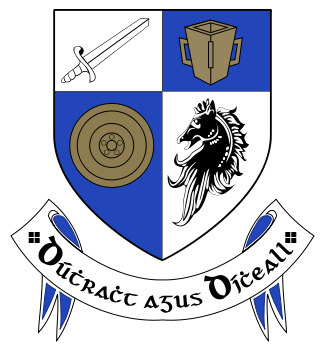
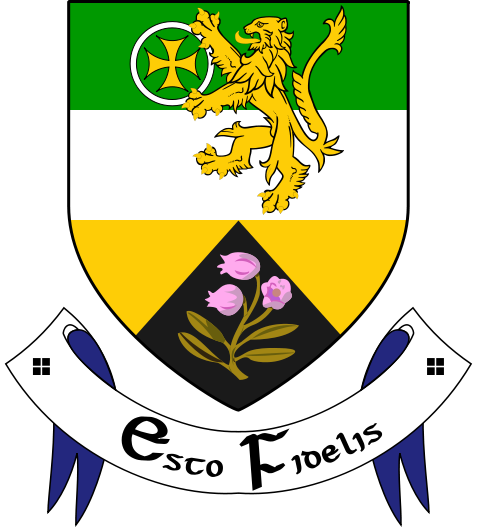
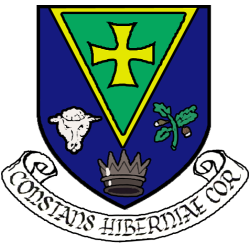
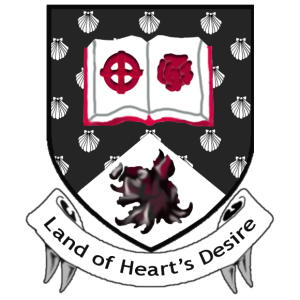
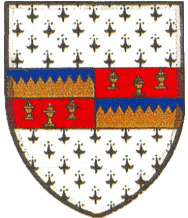


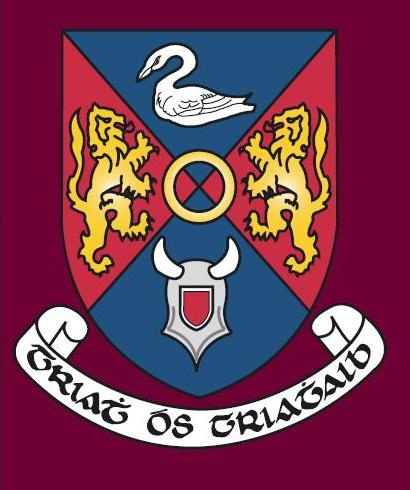

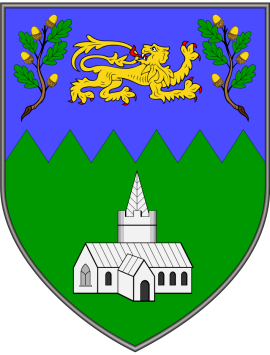
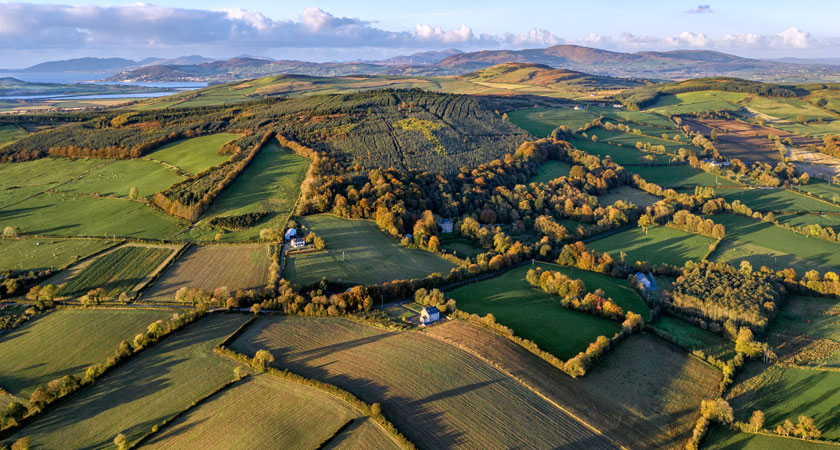
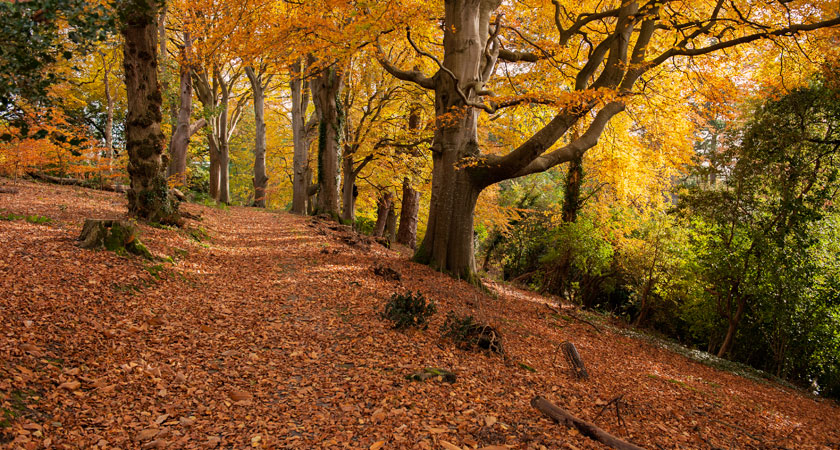

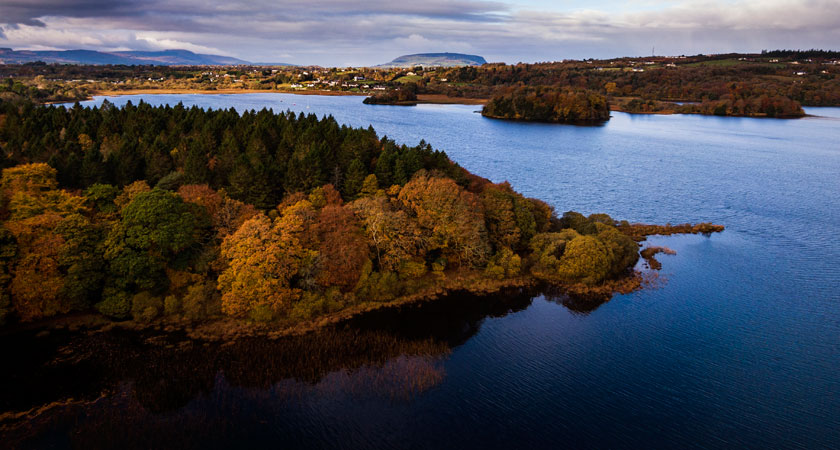


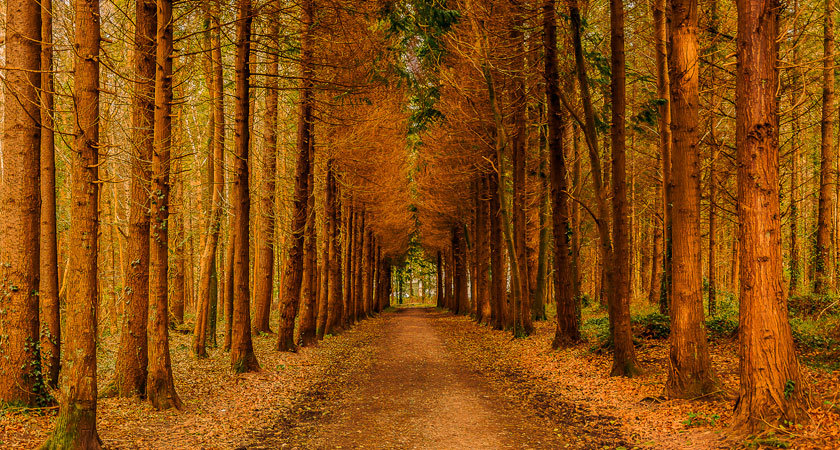

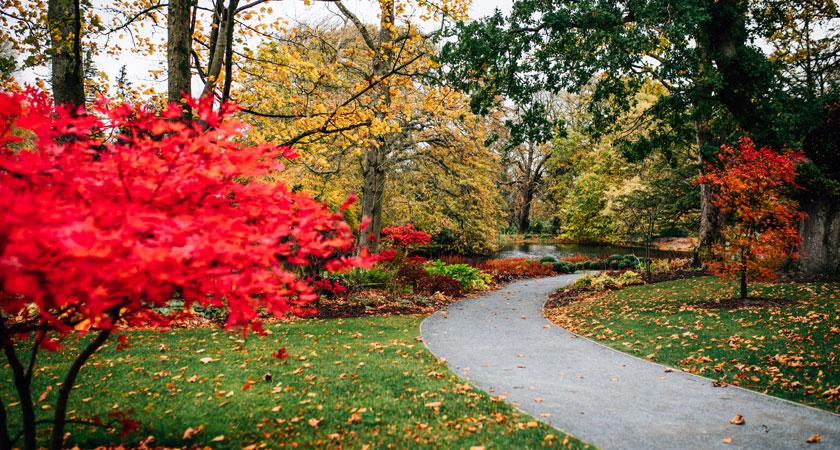

 by
by 

 61-BLUES
61-BLUES
